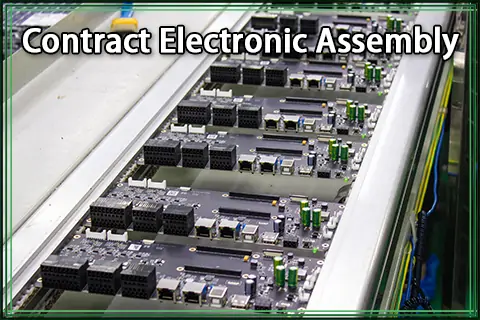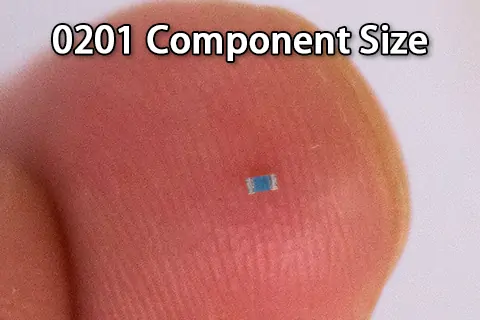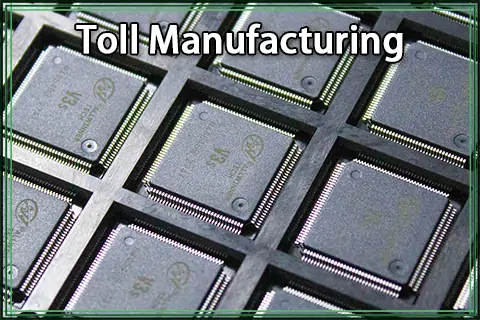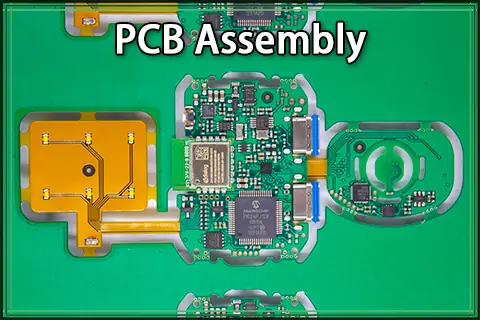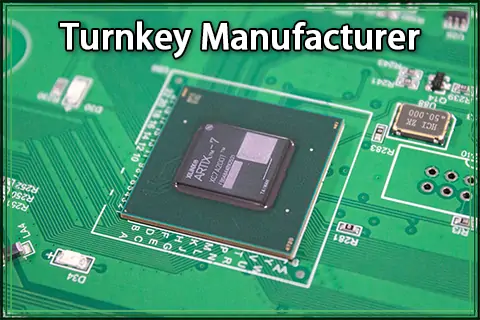When we stumble across industrial and consumer products, we often wonder where they came from. Every PCB/PCBA electronic board starts from a PCB prototype.
PCB prototype refers to a PCB/PCBA board that was manufactured by an experienced PCB prototype manufacturer in a small batch for the sole purpose of testing and ensuring everything works perfectly before heading to the mass production process.
In this article, we guide you and show you the steps and the processes that a PCB will go through during the PCB prototype and assembly fabrication stages.
Designing a prototype board
When designing a PCB board for prototyping, it’s important to take a few steps to ensure everything goes smoothly. The PCB prototype board should include several vias holes that will enable debugging and finding out problems at ease. This is especially useful for BGA types components and other components without surface-accessible pins. During the PCBA prototyping stage, tests might be required to ensure the board works properly. Having the ability to access multiple normally inaccessible pins through “testing holes” is a very useful design feature.
Few tips to design a good PCB for prototyping:
-
1. Validate the layout and schematic before submitting the files to the PCB manufacturer.
-
2. Run simulations using PCB CAD software to early detect any possible issues.
-
3. Ensure the component’s design follows the manufacturer’s recommendations and reference sheet.
-
4. Always try to reduce the size of the PCB to reduce cost.
-
5. Confirm the dimensions and height fit the PCB prototype needs.
For the PCB prototype board, the engineer should consider the ability to test and ensure the quality and function of the design in the quickest way. Doing so could save a lot of funds and time on manufacturing multiple revisions of the same PCB prototype design.
Required files for PCB prototype board
In order to produce a fully functional prototype, the PCB prototype manufacturer will require multiple files to be prepared in advance. Those files will include:
-
1. Gerber files – required for producing a PCB board
-
2. Drilling instructions files
-
3. Bill of materials (BOM) in case PCBA is a requirement
-
4. Testing instructions for QA
Most of the PCB prototype service providers will also ask for more detailed instructions such as:
-
1. Board size and dimensions required for fabrication
-
2. Board required thickness for production
-
3. Holes sizes to be drilled
-
4. Color of PCB (silkscreen pcb)
-
5. Tracing, surface finish, tracing, etc …
Although if all those details are unknown to the customer, the prototype PCB manufacturing provider will review it manually and apply the requested dimensions based on the Gerber original design.
Once all the files and information above are ready, the PCB facility can move to the next step.
Producing the PCB prototyping board
The PCB prototype production doesn’t differentiate from mass production. The main thing to consider is the price for a small prototype PCB manufacturing batch, the prices will usually be higher than mass production.
When producing the prototype board, the waiting time is usually between 24 to 72 hours. Depending on the size of the PCB, complexity, and silk-screen color extra time might be required to process the order.
For PCB prototypes it’s usually recommended to order anywhere between 5 to 10 pieces due to the risk of possible mistakes. Ordering a small batch at first will prevent wasting materials, components, PCB prototype boards, and most importantly time on a later stage PCBA.
Ordering components for PCB assembly prototype
A PCB prototype includes the same components as the mass production stage but the packaging of the components will often differ. During mass production, components are placed into SMT machinery that can automatically assemble hundreds of thousands of boards per hour, reducing time, labor, and most importantly cost. During the PCB prototyping stage, however, it will take more time to configure an SMT machine than to manually assemble 2-3 PCB prototype boards.
Ordering components for PCBA prototyping usually involves several stages:
-
1. Looking up the components online.
-
2. Avoid counterfeit devices by purchasing from a trusted supplier.
-
3. Confirming the ability to place a small MOQ (minimal ordering quantity).
-
4. Validating the components are in stock and available for purchase.
PCB prototyping components often come in small batches of 50-100 pieces for frequently used components such as resistors, capacitors, transistors, etc … and 5-10 pieces for more expensive integrated circuit components. Those small batches can’t be placed into an SMT machine due to their packaging and shape. While mass production comes in rolls ready to be placed into SMT machines, PCBA prototyping components often come in small plastic bags.
While ordering components for the PCB prototype it’s important to take extra care to avoid purchasing counterfeit devices. Those unreliable devices could cause a lot of damage. During the QC testing, some production faults could easily mistaken for a PCB/
PCBA design related issues while in reality, it’s the counterfreit component fault.
Purchasing from trusted suppliers and sources is always recommended, not only during the PCB prototype stage but all the way up to mass production.
PCBA prototyping
When it comes to PCB assembly, prototype or mass production makes a whole world of difference. For mass production, expensive SMT equipment manages to speed up the PCBA fabrication process. However, PCBA prototyping often involves manually assembling the parts by an experienced engineer.
During the prototyping stage, the engineer needs to pay attention to the following details:
-
1. Pasting enough solder paste on the PCB.
-
2. Ensuring the components face the right direction.
-
3. Use enough heat to ensure the components stick to the PCB.
-
4. If using a heat gun, avoid close contact to reduce the risk of burning components.
-
5. Ensuring the components of the right value are placed in the right places.
Depending on the number of components and the PCB size, PCB prototype assembly can take anywhere from minutes to a couple of hours. A skilled engineer will pick and place each component manually, placing the components in the right direction to avoid a potential mulfunction.
Another unique PCBA prototyping method is the solder paste way of placement, where solder paste manually pasted on each board.
PCB prototype quality testing
Once the fabrication has completed, each PCB prototype sample tested independently. The quality tests are often done using standard procedures such as:
-
1. Ensuring the board doesn’t have short circuits.
-
2. Confirming there is sufficient solder paste for all the components.
-
3. Visual inspection to detect any faults or cracks that could damage the board functionality etc …
Some tests ran based on custom requirements made by the clients. Those tests might include running a firmware, validating operation, testing board operation conditions and temperature, and more. PCB prototypes require a lot of testing to ensure faults don’t go undetected to the mass production stage.
Manufacturers often recommend running tests for several weeks or even months. Ensuring the software is consistent and runs stably for a long period of time.
Conclusion and summary
Here are a few take-away bullet points from what we’ve learned in today’s article:
-
1. Prototype PCBs are not much different from mass production ones.
-
2. The biggest differentiator is quantity and price.
-
3. Prototype PCB assembly assembled manually by skilled engineers.
-
4. PCB prototype designers can adjust the PCB designs to assist the testing process.
If you are ever in need of a PCB prototype service that is reliable, fast, and consistent – PCBasic is always here to help. with an accumulated experience of 15 years in PCB and PCBA fabrication and design, we are ready to take you and your project, from the PCB prototype stage all the way to mass production.

